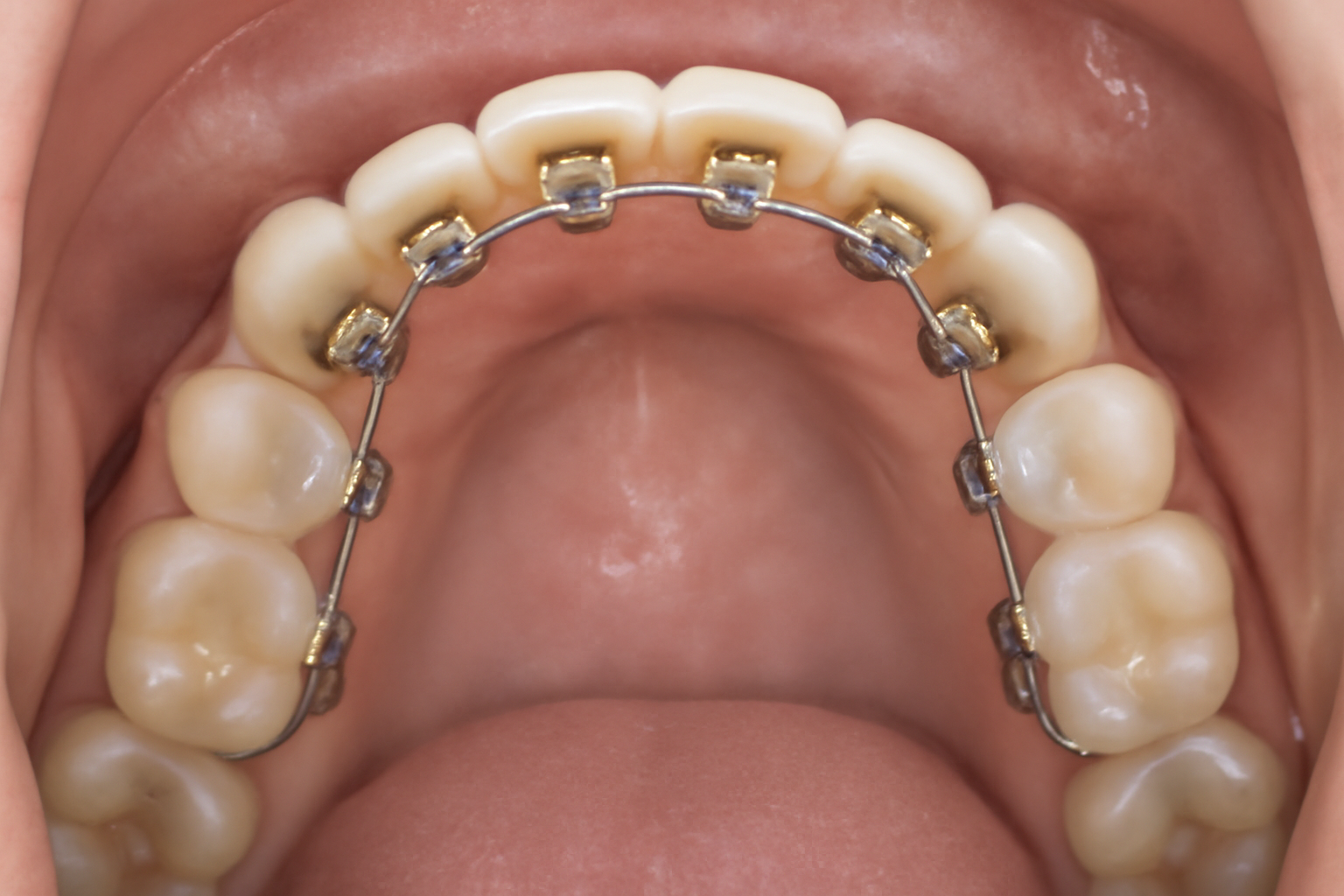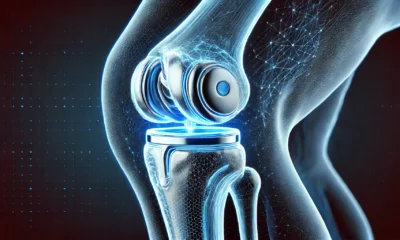General Health & Wellness
What Are Lingual Braces? Benefits, Costs, and What to Expect
Lingual braces offer a discreet teeth-straightening solution. Learn about the costs, benefits, and what you can expect from this treatment.

Orthodontic care has advanced and today there is more than just the metal braces we all remember. More and more people are choosing lingual braces which are also called hidden braces or braces behind the teeth, when they wish to straighten their teeth without it being seen. However, many are curious about what lingual braces are. In what way do they operate? So, what will happen if you opt for these methods?
We will look at all the details about lingual braces such as their advantages, disadvantages, what they cost and how they heap up against traditional braces. So, you’ll also find out why people call them braces inside teeth and what that means for your time in braces.
What Are Lingual Braces?
To sum up, lingual braces are orthodontic braces that are connected to the inner sides of your teeth instead of the outer ones. That’s why braces behind teeth are almost undetectable and also known as hidden braces.
In contrast to traditional ones which fasten with brackets and wires in the front, lingual braces are placed on the back teeth. Other people will observe your changing smile, but they can’t detect the components that move your teeth.
How Do Lingual Braces Work?
Just like traditional braces, lingual braces move teeth through mechanical pressure. Custom-made brackets attached to the rear of each tooth are tied with wires which gently align them little by little over a period of time.
Due to the fact that the back surfaces of teeth are different from the fronts, each bracket is created to fit flawlessly on the inside of the teeth. Getting impressions or 3D scans of your teeth by the orthodontist allows them to design the brackets and wires that will fit and feel good.
It is necessary to come back every so often for adjustments so your teeth can move and straighten over time.
Advantages of Lingual Braces
Lingual braces are often selected by many as they are discreet, but they also offer additional healthy benefits that should be considered.
1. Nearly Invisible Treatment
Since these braces are attached to the back of your teeth, the front side is not easily seen by others. That’s why many adults and professionals prefer them to straighten their teeth without metal brackets in view.
2. Effective for Complex Cases
Lingual braces are helpful for treating different issues in the mouth such as crowded teeth, big spaces between teeth and bite problems. Clear aligners might not manage all types of cases very well, whereas lingual braces can be adjusted precisely to match the needs.
3. No Risk of Front Tooth Staining
Sometimes, traditional braces leave white marks or stained front teeth because of the plaque that builds up on the bracket. The brackets are behind the teeth with lingual braces, helping shyness in no way.
4. Customized Fit for Comfort
Every bracket is customized to match your teeth’ backside which could mean less irritation and more comfort.
5. No Impact on Your Smile Appearance
Since these braces are almost invisible, you can keep your smile natural which gives your confidence a boost during social and professional events.
Disadvantages of Lingual Braces
Although they have many good qualities, lingual braces aren’t suitable for every person. Still, there are a few points to consider about this language:
1. Initial Discomfort and Speech Issues
Since brackets and wires rest near your tongue, lots of patients notice some swelling and pain at the start. This may lead to a temporary speech problem such as a slight lisp, that generally goes away within several weeks.
2. More Difficult to Clean
Following a routine of brushing and flossing may be trickier because of where these braces are placed. Looking after your teeth helps avoid plague and issues with your gums.
3. Higher Cost
The reason these braces tend to be more expensive is that they are tailored for each person, require special training by the orthodontist and appointments take more time.
4. Not Suitable for All Cases
It’s possible that some tough misalignment or bite troubles cannot be corrected by using lingual braces. It’s possible for your orthodontist to confirm if this is a suitable solution for you.
Lingual Braces vs Traditional Braces: What’s the Difference?
They are similar in purpose, but their main difference is where and how visible they are.
| Aspect | Traditional Braces | Lingual Braces |
| Placement | Front of teeth | Back of teeth (lingual side) |
| Visibility | Highly visible | Nearly invisible |
| Comfort | May irritate lips and cheeks | May irritate tongue initially |
| Cost | Generally lower | Generally higher |
| Cleaning Difficulty | Moderate | More difficult |
| Treatment Suitability | Suitable for most cases | Suitable for many but not all |
If appearance matters a lot while undergoing treatment, invisible lingual braces are a great choice for adult patients seeking invisibility. Traditional braces might work best if you are most concerned about costs or how easy it is to clean them.
What to Expect During Treatment with Lingual Braces
If you choose lingual braces, here is how your orthodontic journey will probably go.
- First, your orthodontist reviews your teeth and bites to know if lingual braces are right for you.
- Using digital scanning, impressions or models of your teeth are created to make unique brackets and wires.
- Bonding: This type of brace is carefully glued to the backside of your teeth.
- Set Visits: Going in every 4-6 weeks means your doctor can fix your wires and check how your teeth are changing.
- For some time, you could experience mild discomfort, tongue pain or not speak fully, but this usually gets better.
- It is very important to brush and floss thoroughly each day while you go through your treatment.
- Removal and Retainers: Your teeth should remain in their correct position with the help of retainers which will be given once braces are removed.
Cost of Lingual Braces: What You Should Know
Lingual braces cost may vary depending on the place you visit, the skill of the orthodontist and the intricacy of your treatment. Lingual braces cost an average of between $5,000 and $13,000. Traditional braces are usually priced between $3,000 and $7,000.
Lingual braces are more expensive than regular braces for a few reasons.
- The process of custom making brackets and wires
- Orthodontists must go through further training and get specific experience
- Taking longer time to show up for appointments
- The supply of orphanage staff is low.
Many orthodontists permit patients to pay for treatment over time using different plans. Talking about these treatments during your first meeting is a good idea.
Are Lingual Braces Right for You?
For those who want an unnoticeable solution and are ready to spend a bit of additional time and money, lingual braces may fit you well. These braces give you the positive efforts of braces plus the favorable feature of appearing invisible. Yet, if your dental issues are serious or you have issues with discomfort or keeping your braces clean, your orthodontist can let you know if ceramic braces or clear aligners are better options.
Conclusion
Braces that go on the back side of your teeth, called lingual braces, are an original approach to straightening teeth without obvious metal brackets. Even with small difficulties like discomfort and the higher price, Invisalign is still preferred for its unique features, especially by people who are professionals or adults.
It is important to weigh the pros and cons of lingual braces, as well as to visit an expert in orthodontics to evaluate your choices. Using the correct strategy, you can have a great smile that fits how you look and how confident you feel.
CTA- (Call to Action) – Ready to Transform Your Smile?
If you want a method of straightening teeth that is not visible from the outside, lingual braces could be what you need. See an experienced dentist to see if lingual braces will help you and start your journey toward a better smile.
Frequently Asked Questions (FAQs)
1. Do lingual braces make your braces invisible to everyone else?
Lingual braces are fixed onto the back of your teeth, so they are not easy to notice in front.
2. For how long will I wear lingual braces, on average?
Ordinarily, treatment with clear aligners takes 18 to 36 months, just like conventional braces do.
3. Are braces that go on the inside of your mouth more uncomfortable than braces put on the outside?
Initially, the tongues may hurt more, yet the amount of pain often decreases and becomes similar over the long term.
4. Do I have to limit my meals when I use lingual braces?
Still, you should skip things that are very solid, adhesive or tough to protect your teeth.
5. How much are lingual braces as opposed to traditional braces?
Lingual braces are quite pricey, usually between $5,000 and $13,000, while traditional braces cost about $3,000 to $7,000.
6. Are lingual braces recommended for any kind of orthodontic problem?
Sometimes, when a bite problem is very severe, another type of treatment may be needed. Speak to your orthodontist.
7. Will speaking be altered by wearing lingual braces?
A lisp or changes in speech may show up, but the majority of patients get used to it within the first few weeks.
8. What is the best way to keep lingual braces clean?
It is important to use a mild brush, interdental brushes and floss to look after your teeth.
-

 Recipes2 weeks ago
Recipes2 weeks agoHow to Make Melissa Tea at Home: A Step-by-Step Guide
-

 General Health & Wellness2 weeks ago
General Health & Wellness2 weeks agoIs Heel Pain a Sign of Cancer? What You Need to Know
-

 Diet & Nutrition1 month ago
Diet & Nutrition1 month agoWhite Grapes Vs Red Grapes: Which Is Better for Your Health
-

 Recipes2 months ago
Recipes2 months agoQuick & Healthy Toddler Snacks Recipes for Busy Parents
-

 General Health & Wellness2 months ago
General Health & Wellness2 months ago15 Powerful Herbs for Heart Health & Blood Circulation
-

 Diet & Nutrition3 months ago
Diet & Nutrition3 months agoBest Gluten Free Zucchini Muffins: Quick and healthy bake
-

 Diet & Nutrition1 month ago
Diet & Nutrition1 month ago9 Healthy Benefits of Custard Apple in Your Daily Diet
-

 General Health & Wellness2 months ago
General Health & Wellness2 months agoComplete Guide to Knee Replacement Surgery & Recovery

































